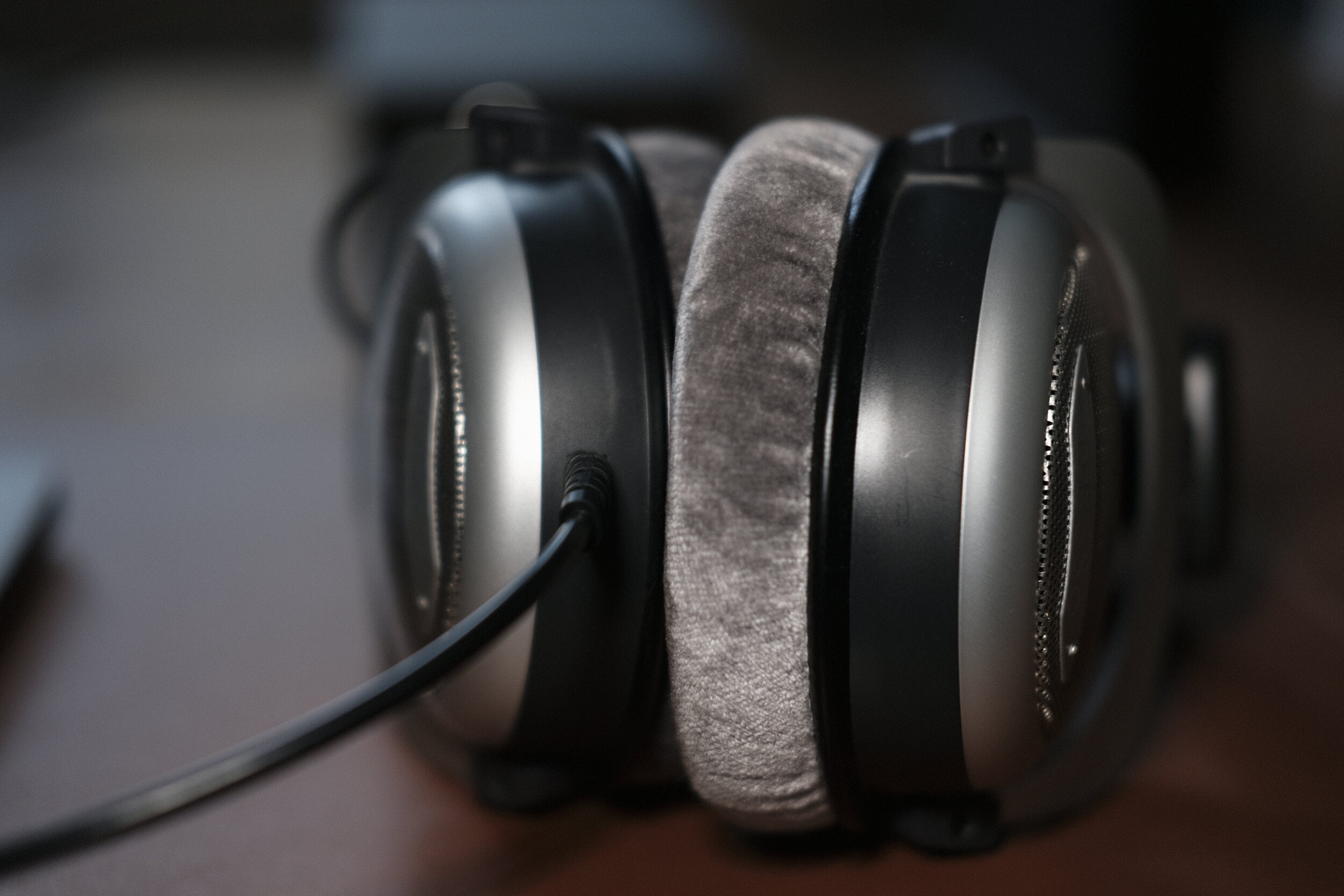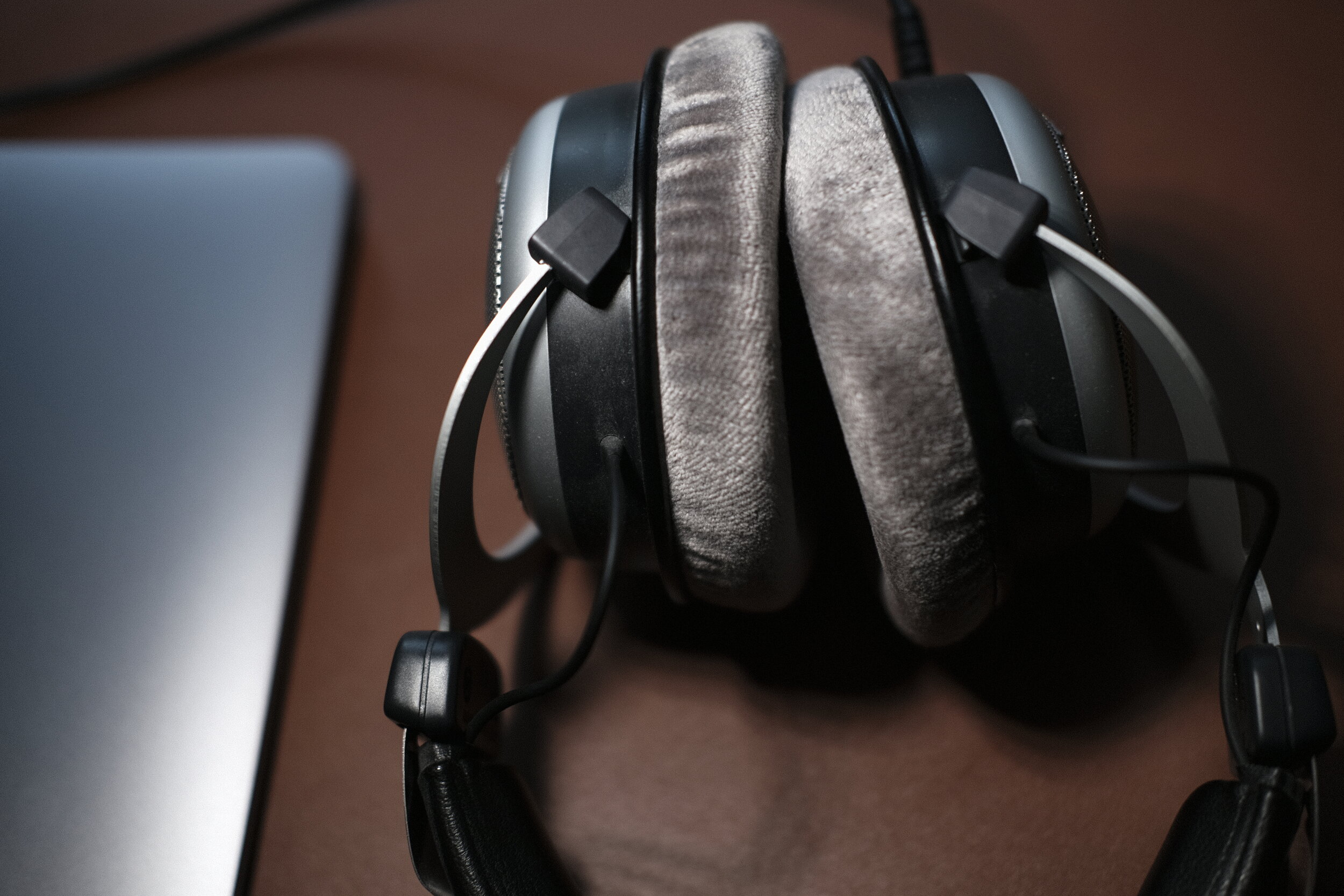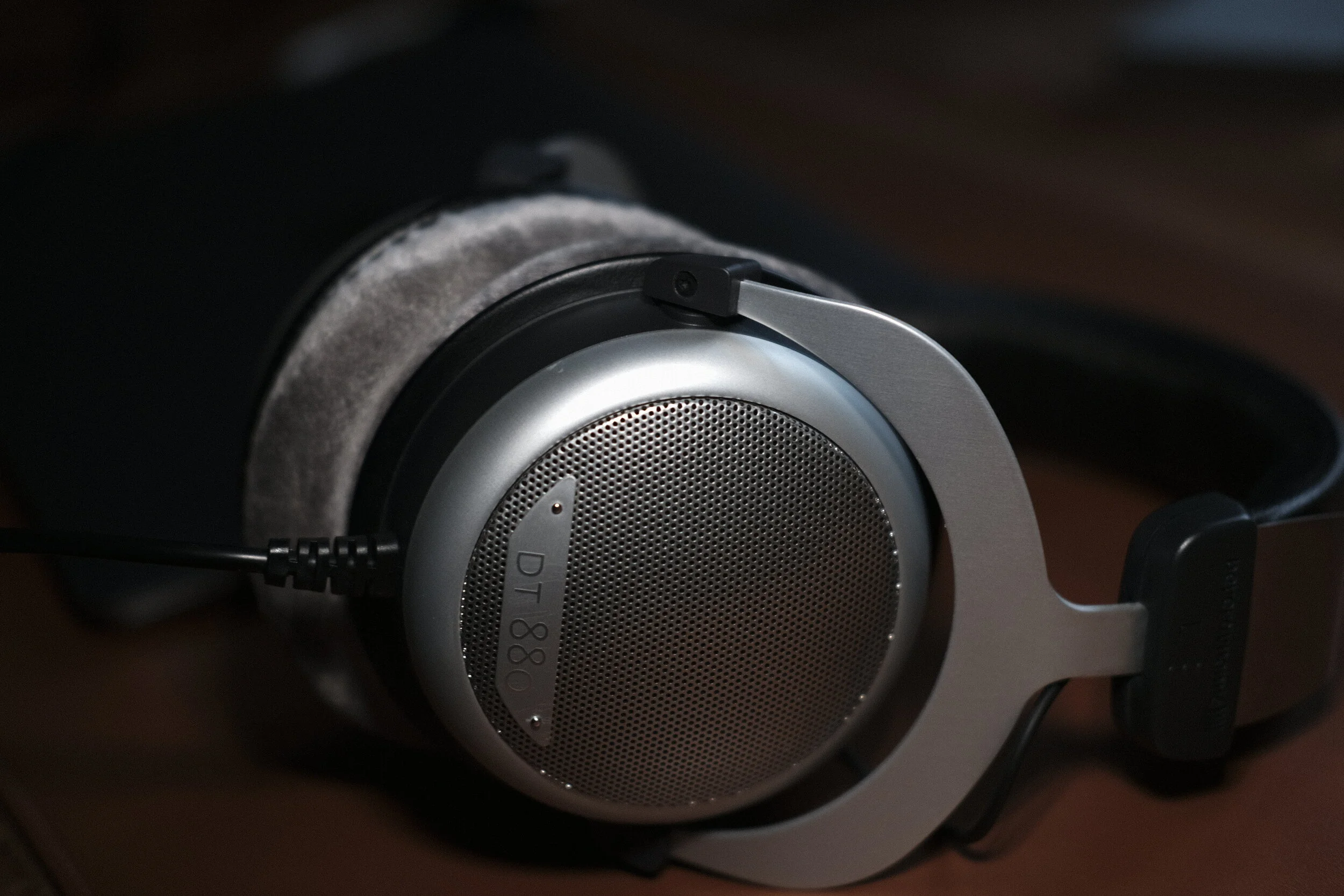Beyerdynamic DT 880 Premium Edition 250 Ohm Review
Natural-sounding headphone for professional mixing, mastering, and home listening. Or is it?
I love listening to music on headphones, I think it is the second-best way to immerse oneself into the music, to get isolated from the "world" around. For engineers, producers and home recordists, headphones can also be invaluable tools for analytical listening and be used as a reference for mixing.
This is my first headphone review on the site. Headphone reviews are usually audiophile-centric (whatever that means), but I don't care much about magic dust.
For casual listening and mixing purposes, I would love my headphones to sound as close as possible to my Focal monitors, for a seamless transition. For analytical listening, I want to hear the air around the fingers as they reach for the strings. If you think this a hyperbole, the answer is yes, but you know what I mean.
The question is if the Beyerdynamic DT 880 250 Ohm can fulfil any or both of these roles. Is it analytical, relaxed or neutral?
Incarnations
Beyerdynamic needs no introduction, they are around since the early 1930s and there is some type of DT headphones in every studio around the world. Noteworthy is that all their professional products are still made in Germany.
The cable is non-removable
Introduced in 1980, the DT 880 is a semi-open design, ideal for mixing and mastering according to Beyerdynamic. There are two distinct versions, the Pro for professional use and Premium Edition for home listening. Both sound the same though, with only some minor visual differences. I bought the Premium Edition because I prefer the straight cable (they are also slightly cheaper), but I would like the headband to be removable like on the Pro version.
The Premium Edition comes with a pleather foamed case for transporting, which is extremely bulky so it gets seldom used. The DT 880 rarely leaves my desk anyway. A slightly smaller and more convenient hard-shell nylon case is also available by Beyerdynamic at a reasonable cost.
Manufacturing and comfort
Industrial design with a mix of metal and plastic
The headphone follows the industrial design aesthetic of most Beyerdynamic products. I find the understated blend of black and grey shades very pleasing, and the mix of metal and top-quality plastic makes it very robust. The manufacturing of the DT 880 is impeccable; I have them since the beginning of 2018 and although it has slid from my desk quite a few times, it looks and functions just like the first day.
The cable could be shorter
The DT 880 sits on my head very comfortable; the large velour ear pads and that thick padding on the headband allow for extended listening sessions without ever getting tired. The cable on the other hand is an aberration; it is thick, permanently fitted on one side, and way too long. The quality is decent, but I wish I could swap it with a smaller one as the RME ADI-2 Pro FS is at hands reach from my sitting position.
Listening
Although I believe that the DT 880 are some of the best headphones in their price range and even well above, I have mixed feelings about their performance. I know, that's not what you wanted to read, but let me explain.
The sound is generally neutral, especially the low-end and mids. They reach deep, but the bass is never exaggerated; if anything it can be quite lean for some tastes. The mids are pure and open, every detail is utmostly portrayed. There is a slight emphasis on the low-mids, but it is negligible.
Beyerdynamic DT 880 Premium Edition
My difficulty in loving the DT 880 is the high-end, which tends to be unnaturally piercing and sharp. Even some luscious and generally dark David Russel recordings can sound dazzling. The enlarged trebles are useful only when I search for undesired sound in my recordings; for any other listening purpose, it only takes out from the beautiful balance of the rest of the range.
The presentation is transparent and wide, the drivers are fast and the delivery dynamic. The biggest strength of the DT 880 comes from its ability to represent the individual frequencies in a disunited manner, detached from each other. This aspect is invaluable for analytical listening, but as a result, the headphones don't let me forget that I'm listening to a recording; the medium never disappears entirely.
Correction required
Beyerdynamic DT 880 and RME ADI-2 Pro FS
The DT 880 can improve dramatically if you are willing to bother with an equalizer. I had to create a custom EQ preset on the RME ADI-2 Pro FS to be able to appreciate them more. Taming the high-end makes the Beyerdynamics more comparable to my monitors. Still, the headphone remains utterly detailed but much more enjoyable than without any equalization applied.
I wonder if Beyerdynamic could fix the treble response on the production model. Maybe they don't want to tweak such a classic design, or possibly they want you to buy the new T1.3, which seems to be the ideal headphone for people without hearing loss.
Ohmage
My version of the DT 880 is the 250 Ohm. Even if there is a reasonable level for my ears (I usually listen to music at relatively low levels) when I use it even though my MacBook's output, the sound improves significantly when I drive it with the ADI-2 Pro FS. A more power-hungry 600 Ohm version is also available, as well as a 32 Ohm version for mobile use. In any case, you won't hear what this headphone is possible to deliver if you don't pair it with a high-quality amplifier and DAC.
Beyerdynamic’s DT 880 vs DT 770 and DT 990
Mini jack and 6.3 mm screw adapter
Beyerdynamic offers three main alternatives at a similar price range, all with unique strengths. From the three, the DT 880 is the most balanced and natural-sounding, admittingly apart from the treble spike. The DT 990 is a fully open design and exceedingly analytic. To be honest, every time I listen to anything with it, I get dizzy with its excessive high-end. Finally, the DT 770 is closed-back and its main use is in the studio during tracking. It blocks external sounds to creep in and vice versa, but it doesn't sound nearly as nice as the DT880.
Conclusion
The Beyerdynamic DT 880 is clean and balanced for the most part, adequate for any professional use. It responds well to EQ, which can make it much more useful; the analytic Beyerdynamic nature is always present though, so it is impossible to get absorbed in the music. Considering its engineering and performance, the DT 880 is pretty affordable and is probably the best headphone at that price range, especially if you are willing to use some form of correction.
By the way, if you are still wondering; the best way for someone to fully appreciate the music is, of course, attending a concert.













